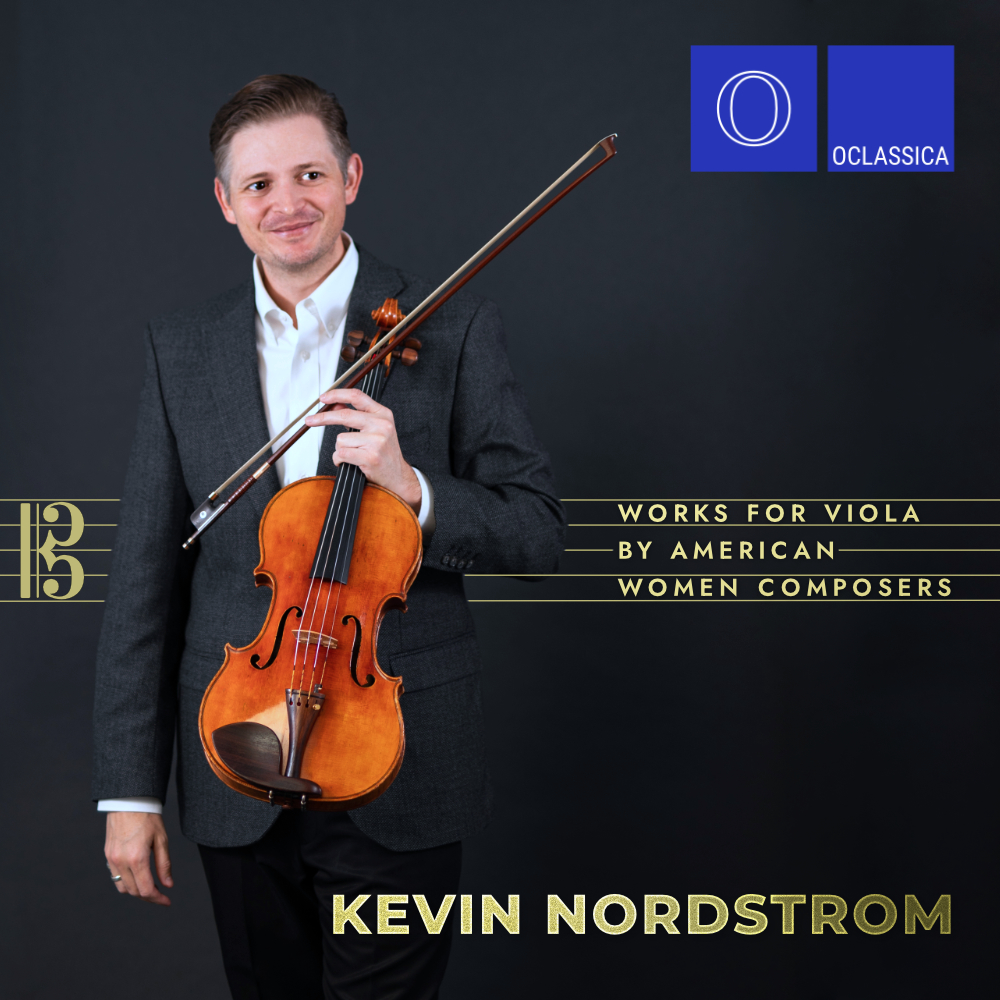Joan Tower’s Simply Purple for solo viola is a work whose title captures its texture, its compositional design, and the composer's feelings about the instrument for which it was written. As for the texture, it is entirely monophonic; as for its compositional design the soloist often plays repetitive patterns transposed to different registers, exploiting the luscious ‘purple’ timbre Tower so enjoys in the viola. Simple. Monophony and repeated patterns are simple indeed, and purple is just one color among many; yet the range of powerful emotions Tower evokes and pulls from such simplicity are nothing short of incredible, impactful, and impressive.
American violist Lillian Fuchs was known throughout her career as a preeminent soloist, chamber musician, and teacher. Indeed, she was often referred to as the ‘first lady of the viola’. Gifted musician that she was it is no surprise that she composed as well. Though her body of work is not large many of her compositions have entered the pedagogical and concert repertoire for viola, including the Fifteen Characteristic Studies, Sixteen Fantasy Etudes, Twelve Caprices, and the work which they prepare the player for, the wonderfully effective and strikingly original Sonata Pastorale . The Sonata Pastorale has two expansive movements with several sections each. Fuchs’s biographer, Daryl Williams, says that the sonata’s title is somewhat misleading as it refers explicitly to only one of its many sections, that at the start of movement two which he describes as “idyllic and introspective”. The music surrounding the pastorale section is vigorous and often intense, showing that Fuchs, naturally the work’s first interpreter, was a virtuoso of rare gifts and great expressive range. But even the most difficult parts of her sonata are written idiomatically and calculated for maximum effect as they encompass and capture a variety of moods and characters: graceful, grating, sonorous, showy, timid, triumphant, and much else besides.
Similarly, American composer Alyssa Morris’s Puccini Fantasy for Viola and Piano is a beautiful and virtuosic addition to the concert repertoire for viola and piano, making it a fine fit on a program after Simply Purple and the Sonata Pastorale, as it is presented here in this world premiere recording. Following an exciting introduction three arias from operas by Italian composer Giacomo Puccini are presented: “O Mio Babbino Caro” from Gianni Schicchi, “Nessun Dorma” from Turandot, and “Quando Me’n Vo” known also as “Musetta’s Waltz” from La Boheme which comes after a short, intermediary scherzo. These arias were hand selected by Glenn Harman who commissioned the work and performs as pianist on this recording alongside the work's intended violist, Kevin Nordstrom. In this fantasy, Morris exploits the full expressive and registral range of the viola–not to mention the piano–giving the usually mellow, somber instrument ample opportunity to show itself a true operatic star, being exuberant, nimble, charming, sparkly one moment and quickly shifting to something softer, gentler, sweeter, more romantic in the next. While staying true to Puccini’s score when initially introducing each aria, Morris takes over and her personal stamp remains unmistakable. Those familiar with her music for wind instruments–the oboe in particular–will recognize the grand sweep and uplifting spirit of her compositional voice; its, rich harmonic design, graceful flourishes and spiraling effects, and expertly timed climaxes which leave listeners filled with light and joy, moved by the many acts of beauty and excitement.
The Puccini Fantasy was commissioned by Glenn Harman and written for Kevin Nordstrom in 2021. They premiered it together in Dayton, Ohio on May 1, 2022.
